Mise en place: Preparing to bake
Step 1: Feed Your Starter
Maintaining your starter doesn't need to be a complicated process of feeding and discarding. Only a small amount is needed to keep the yeast and bacteria active. Here is my recommended method for maintaining starter.
Add a few tablespoons (50 grams) starter to a clear plastic tub or jar. This is your base and all you need to bake unlimited loaves of bread. There is absolutely no need for huge jars of starter and a restrictive regimen of maintenance. Store it in the fridge and take it out to warm up and feed only when you are planning to make bread. This avoids unnecessary feeding and discarding.
The day before you want to bake bread, remove the starter from the fridge and add equal amounts (by weight) plain unbleached flour and room temperature water. For a single loaf recipe, I use 50 grams of each. (See note below about measuring.) Stir and let stand on the counter. It should begin to bubble up over the course of a few to as much as 12 hours (depending on when you last used it and how warm your house is.) This will provide you with the 100 grams of active starter to use for the dough and leave you with 50 to return to the fridge for next time.

Starter can last a VERY LONG TIME in the fridge. If you haven't used it for a while, you may notice a grey, smelly liquid has formed on top. This is normal and doesn't mean that your starter has died. You can pour off the liquid "hooch" or mix it in, whatever you prefer, and feed the starter as usual. You may have to feed it a couple of times to get it back to being active enough to use. Starter that is mouldy or has a pink or orange colour should be discarded.
Get to know your starter. You can test to see if it's active enough to use by floating a small spoonful in a cup of water, but generally, you'll be able to tell by how it looks and feels if it's ready to use.
Step 2: Combine Ingredients5 minutes active time. In a large bowl, combine: 350 grams water 100 grams active starter 500 grams bread flour * 8-9 grams salt Mix together well using a spoon, bowl scraper or your (wet) hands. Once all the ingredients are well combined, cover (I slide a dinner plate over the top of the bowl, but you can use a wax wrap or cling wrap.) Let it rest 1/2 before moving to step 3. |
Step 3: Stretch and Fold
Step 4: Bulk Fermentation
Step 5: Shaping and Rising (proofing)
Step 6: ScoringDo immediately before baking once dough has risen and oven is hot. We score bread not only to make it pretty, but to allow someplace for what's called "oven spring" which is the final expansion of the dough before the heat of the oven stops the rising action by killing the yeast. Use what you've got - a razor blade on a lame, a very sharp knife, or even scissors, but make sure you score the bread or it will find its own place to expand and you'll end up with a bulging crust. Once the dough has risen and your oven (and cast iron pot if using) is hot and ready to bake, turn your dough out onto your baking pan or a piece of parchment (recommended). As a beginner, score by making one deep cut slightly on an angle and off to one side of the loaf. As you get more comfortable with sourdough, you can get fancier with your scoring. You'll notice the "ear" on the loaf to the left, and how the bread has expanded along the scored line. |
Step 7: Baking
Place the scored boule carefully into the preheated pot, cover and return to the oven. Bake for 20 minutes. Uncover and bake for another 20 minutes. Oven temperatures vary, so get to know yours and adjust your baking time and temperature accordingly.
A Dutch oven or cast iron pot creates a more consistent environment for baking bread because it traps moisture during the first part of the bake allowing for better oven spring (since the crust stays softer longer). If you don't have a Dutch oven, you can use a pizza stone (preheated) or a baking sheet (not pre-heated). In this case, you will need to add moisture to the oven by preheating a baking pan and adding 1/2-3/4 cup of hot water to it at the beginning of your bake to create steam. You can also place a cookie sheet on a rack above your bread while it's baking that will reflect the steam back down onto the bread, simulating the same effect as the Dutch Oven. Results will be different, but still good.
Step 8: DEVOUR!!
Fitting Bread Baking into Daily Life
| OPTION ONE Day One Morning - feed starter, leave someplace warm Evening (8:00 ish) - mix dough, stretch and fold x 1, bulk ferment on counter overnight Day Two Morning - shape dough, place in proofing basket Option One: - let rise on counter approx. 2 hours, bake Option Two: - let rise in fridge all day, take out after work, bake in the evening/supper time | OPTION TWO Day One Daytime - remove starter from fridge Evening after dinner - feed starter - leave on counter Day Two Morning - mix dough, stretch and fold, bulk ferment on counter Evening - shape dough, place in proofing basket, put in fridge overnight Day Three Early morning - remove dough from fridge Mid morning - bake |
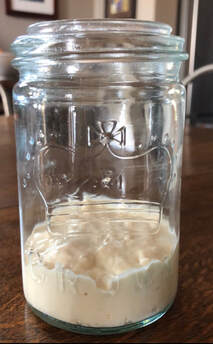
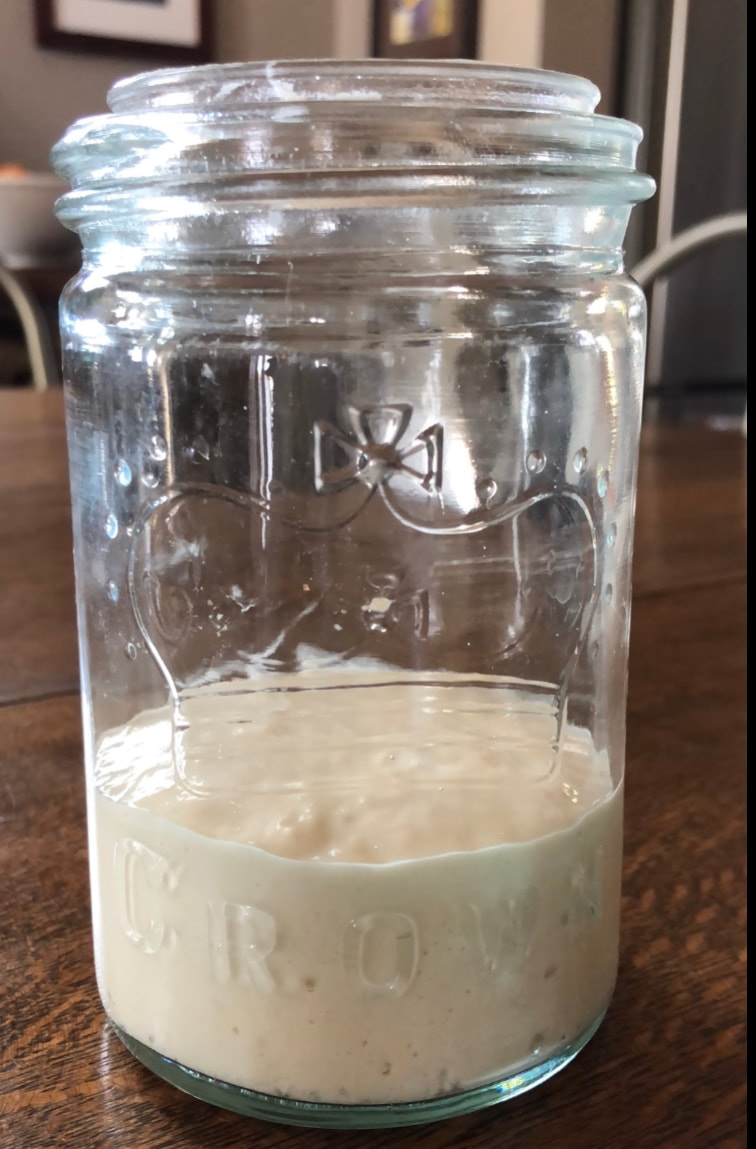
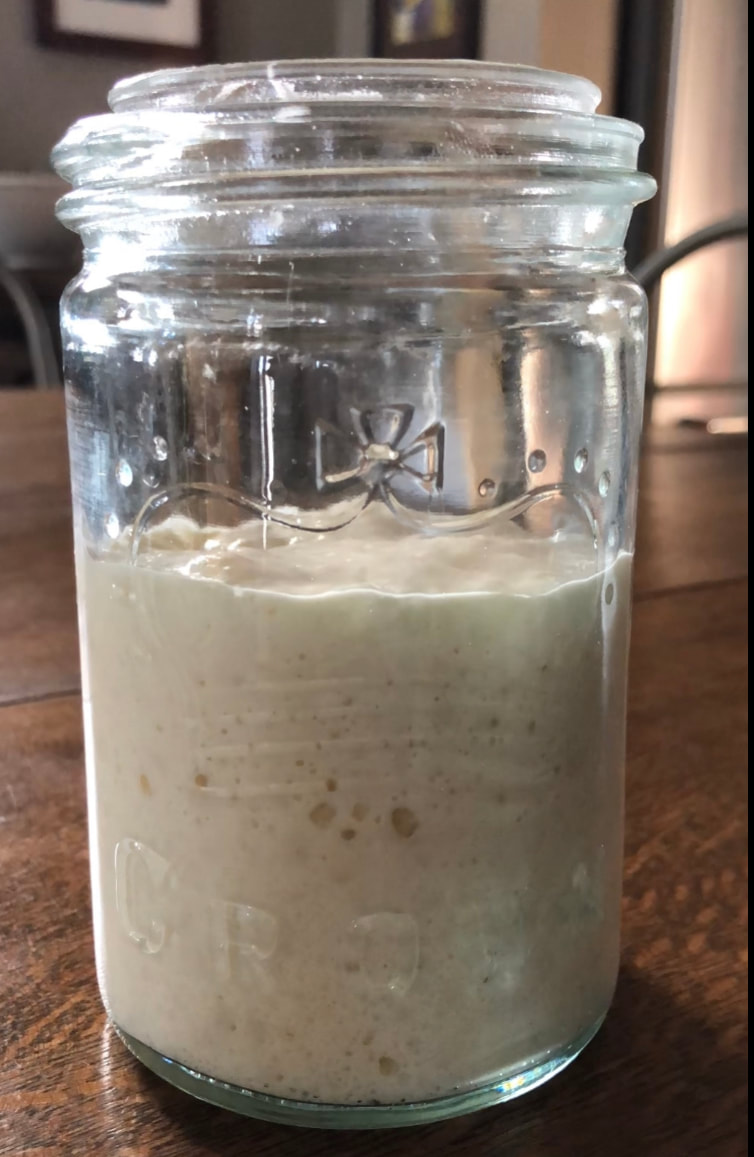
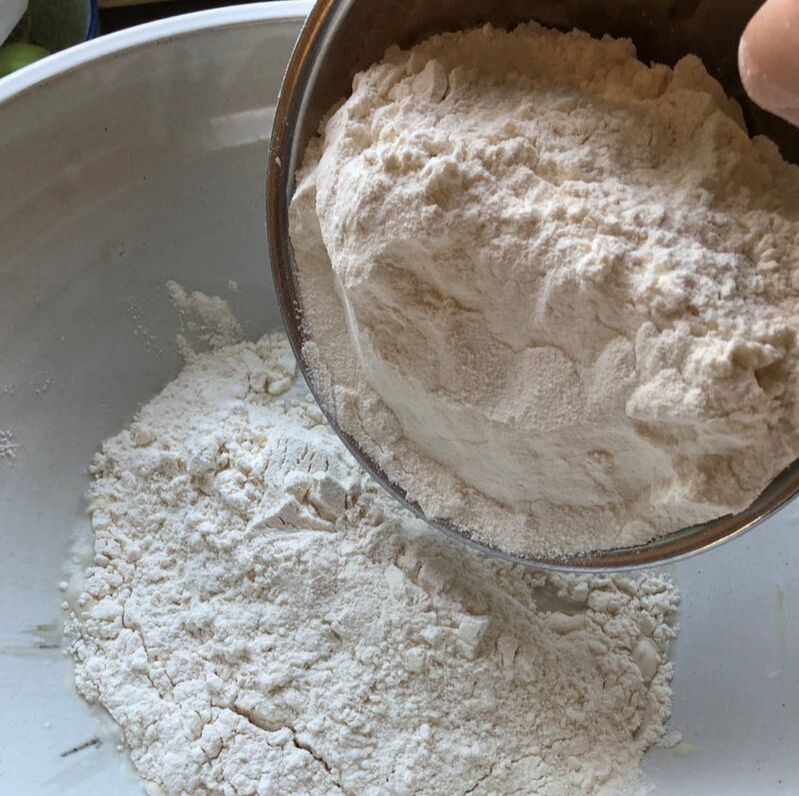
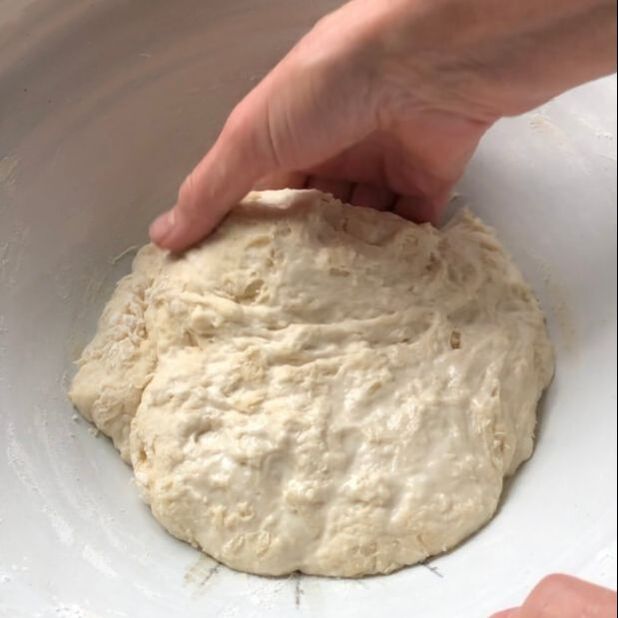
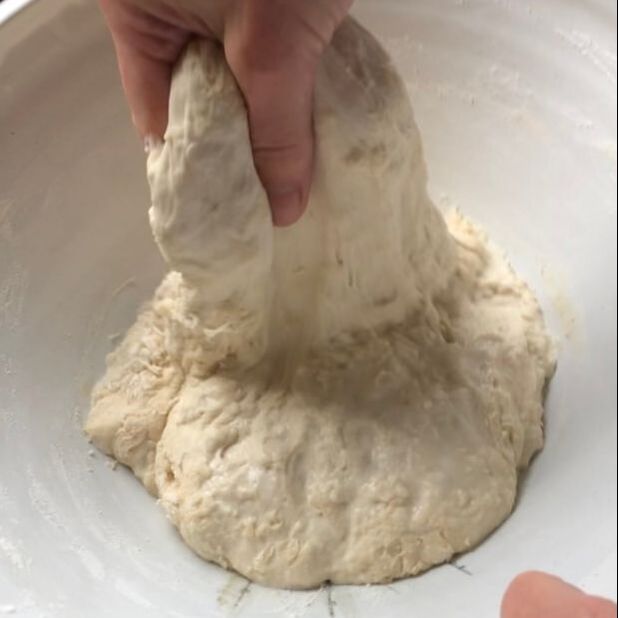
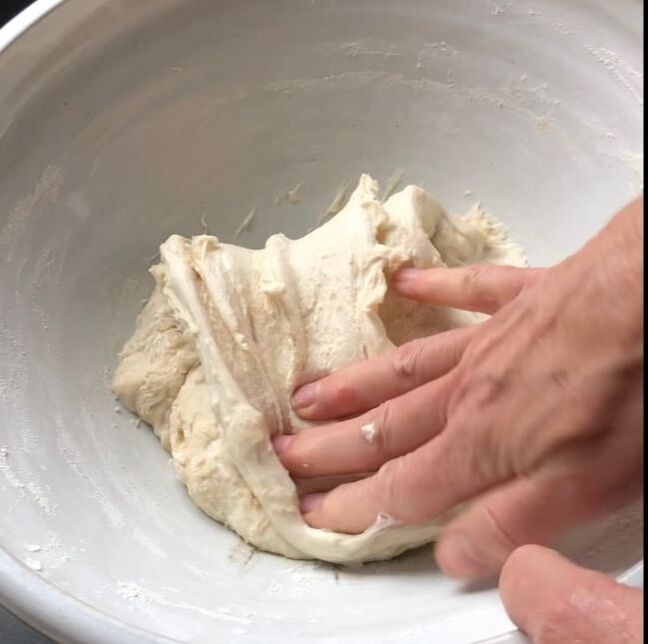
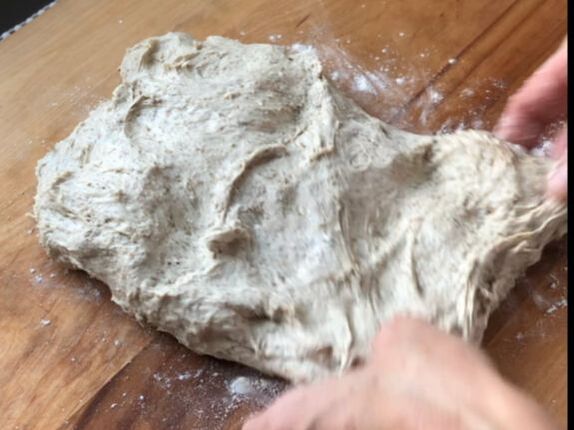
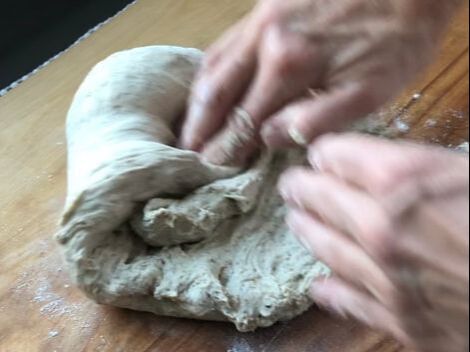
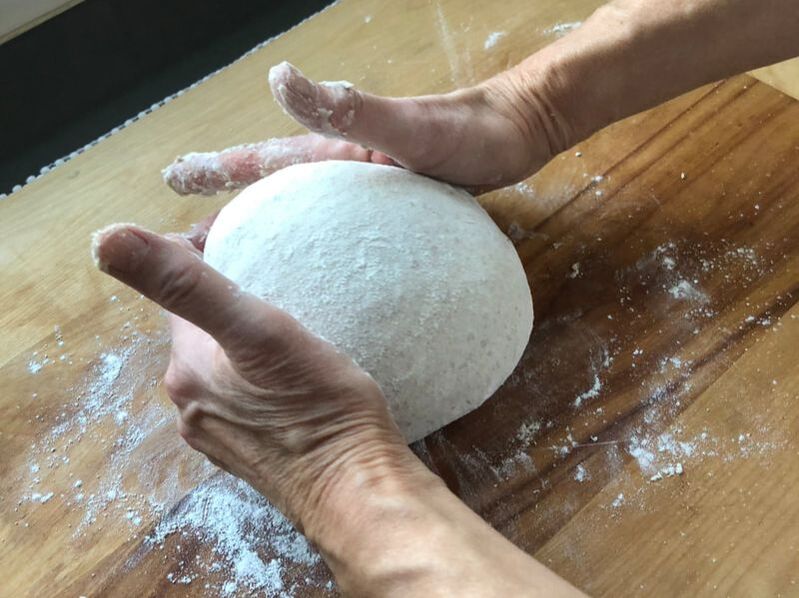
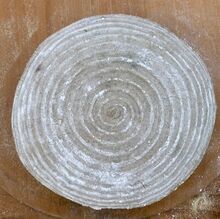
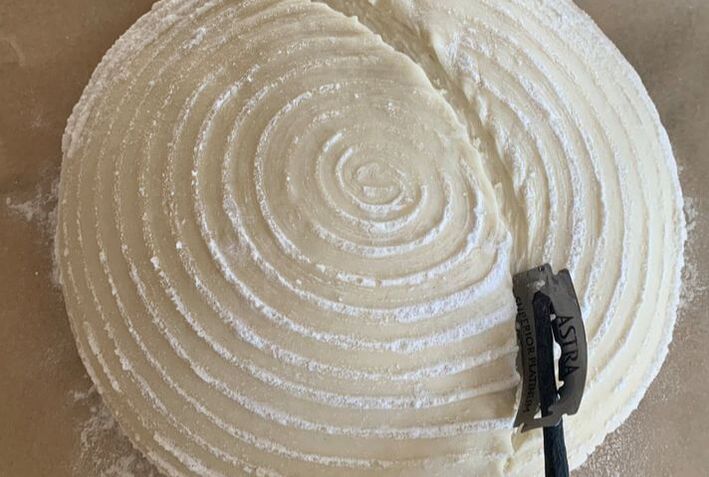
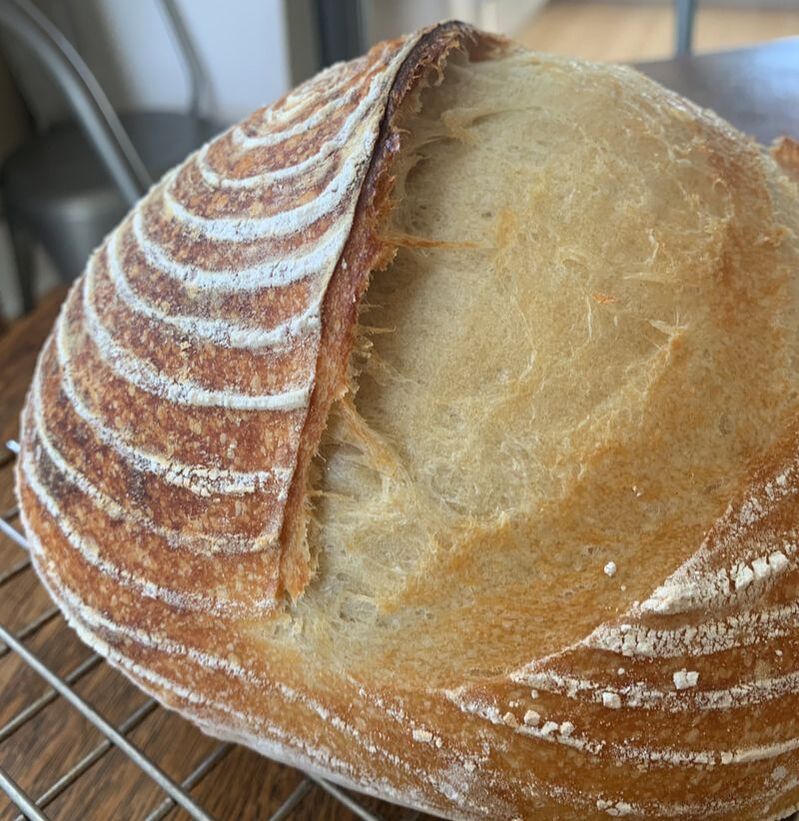


 RSS Feed
RSS Feed